PROJECT
OVERVIEW
Professional Lice Treatment
2011 (6th Semester)
In cooperation with LLG e.V. / HAWK Gö
3 months
During my 6th semester i got in touch with the LaserLab Göttingen (LLG e.V.) about the possibilities of a cooperation. My goal was to gain experience in working closely with engineering and to approach new technology developments through design processes. I wanted to work on a project with chances of market introduction.
The LLG / HAWK just recently developed a technology which could potentially be used to efficiently eliminate head lice. After i was shown a first working prototype i got into researching pediculosis. Several interviews in schools and kindergardens as well as talking to doctors helped me create a foundation to build the design upon.
During the design process several technical issues had to be resolved. Together with the engineers we found ways to improve the success rate of the treatment device.
It is currently being field-tested and partly under NDA so this will only be a brief summary.
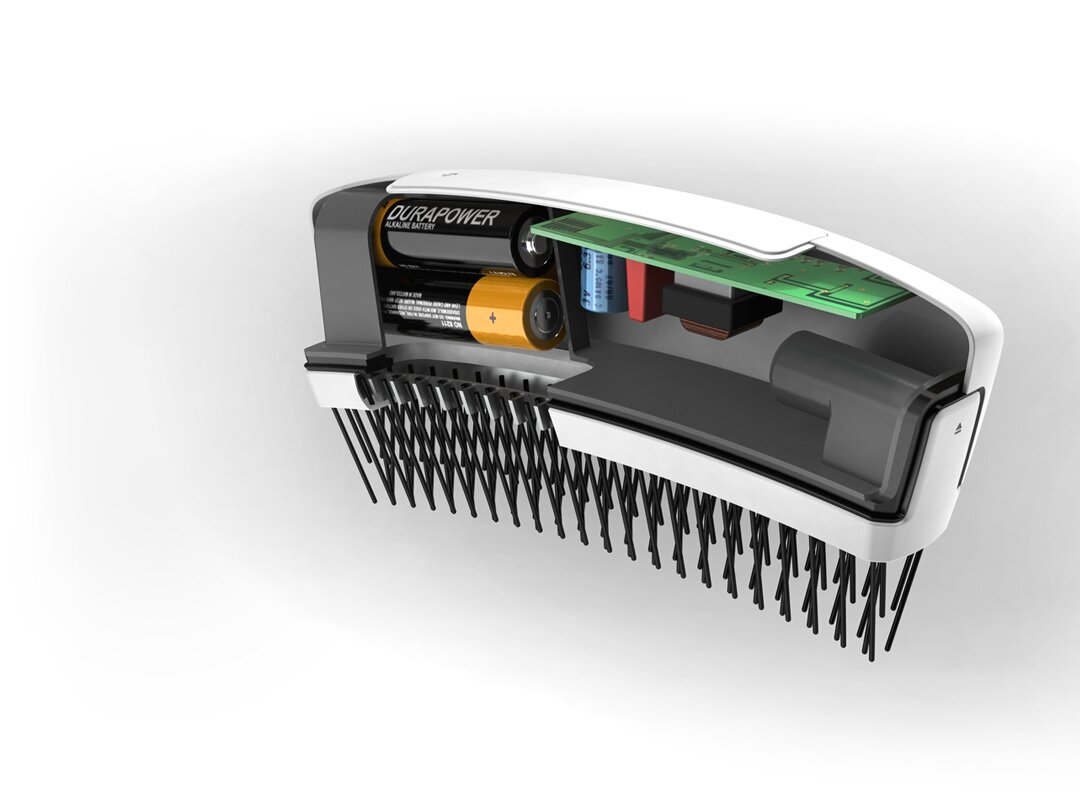
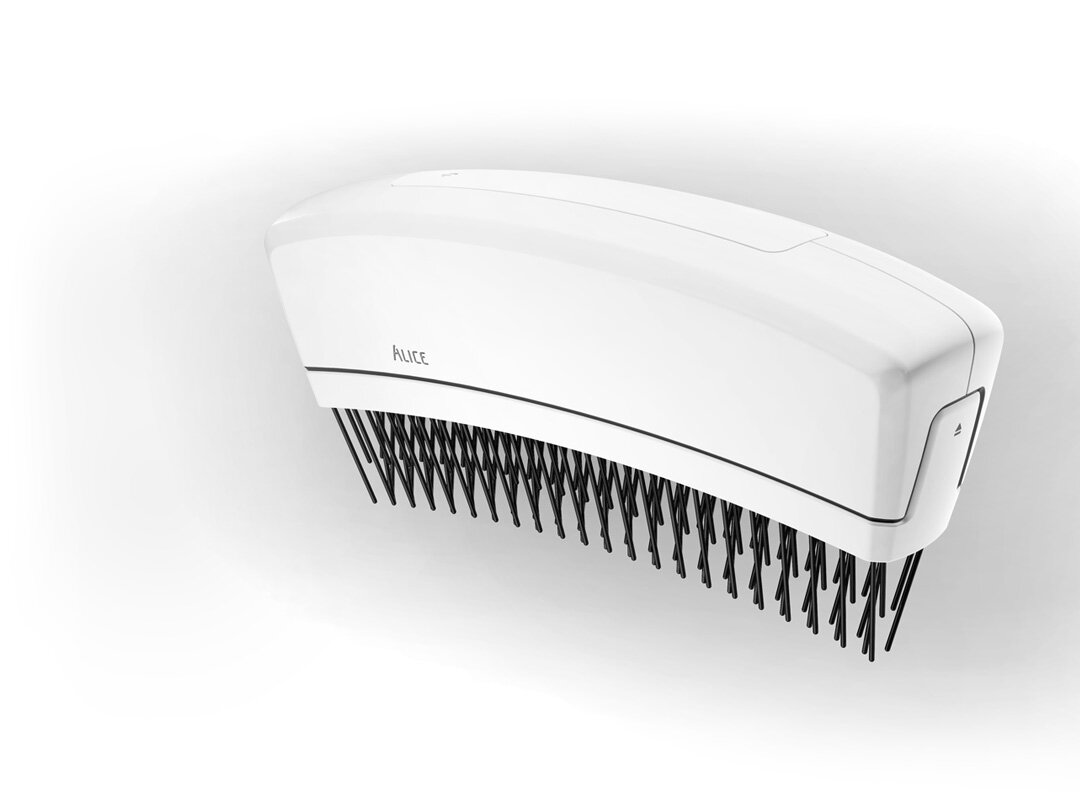

PROBLEM
The treatment of human head lice is a process that has been debated and studied for centuries. However, the number of cases of pediculosis has increased worldwide since the mid-1960s, reaching hundreds of millions annually.There is no product or method which assures 100% destruction of the eggs and hatched lice.
There are a number of treatment modalities that can be employed with varying degrees of success. These methods include chemical treatments, natural products, combs, shaving, hot air, and silicone-based lotions.
Most of those treatments are either very tedious or can have a negative impact on the affected children (chemicals / shaving) and need to be applied for an extended amount of time - usually about a month.

Technology
The biggest difference to common electrical combs is that with this technology a 20000V current is used instead of the usual ~500V. The high current allows electrical discharges through air appearing in a blueish plasma.
We figured the high current would be great to use for lice treatment as it would eliminate lice even without direct contact to the teeth.
Obviously the human skin and hair are not to be harmed. To achieve this, the teeth are isolated from high voltage by a thin polymer layer making it impossible to recieve the full electric potential at once.
Alice brings this technology to families in form of a reliable instrument to safely get rid of pediculosis.
CONCEPTING
Due to the advances of this technology it was important to dissociate from existing electric lice combs. My goal was to find a way to display the benefits of plasma technology in the device itself. It seemed obligatory to design the comb with the precision of a medical instrument instead of a hygienic product found at Woolworths.
For cleaning and safety purposes we decided to split up the device in two parts, one containing the electrical parts and one consisting of the combing element.
I was inspired by traditional japanese combs which inherit a pleasant sort of clarity in their shape.



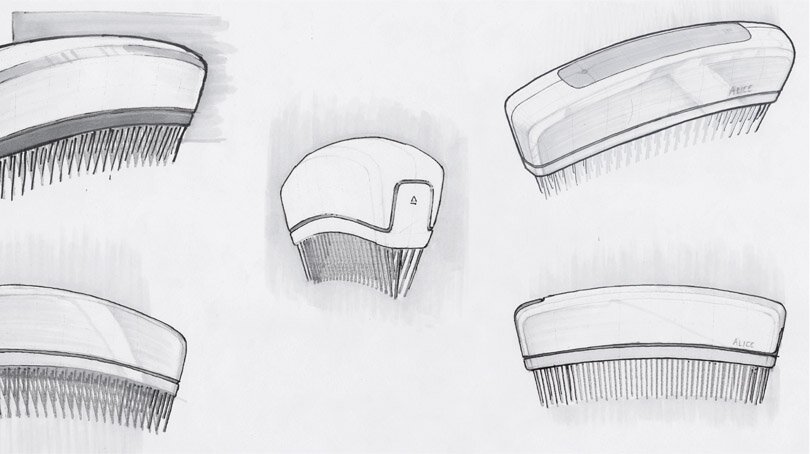

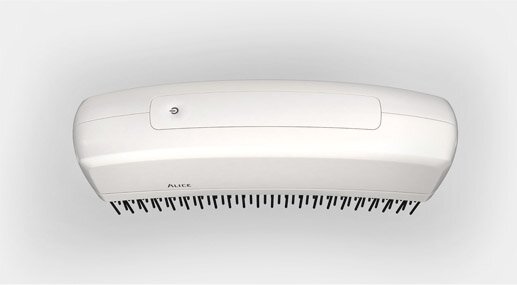
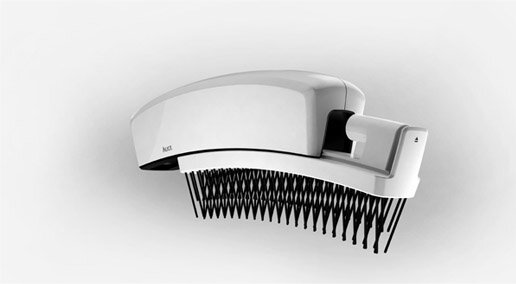

Copyright © 1985 - 2012 Henning R. Horstmann unless mentioned otherwise

